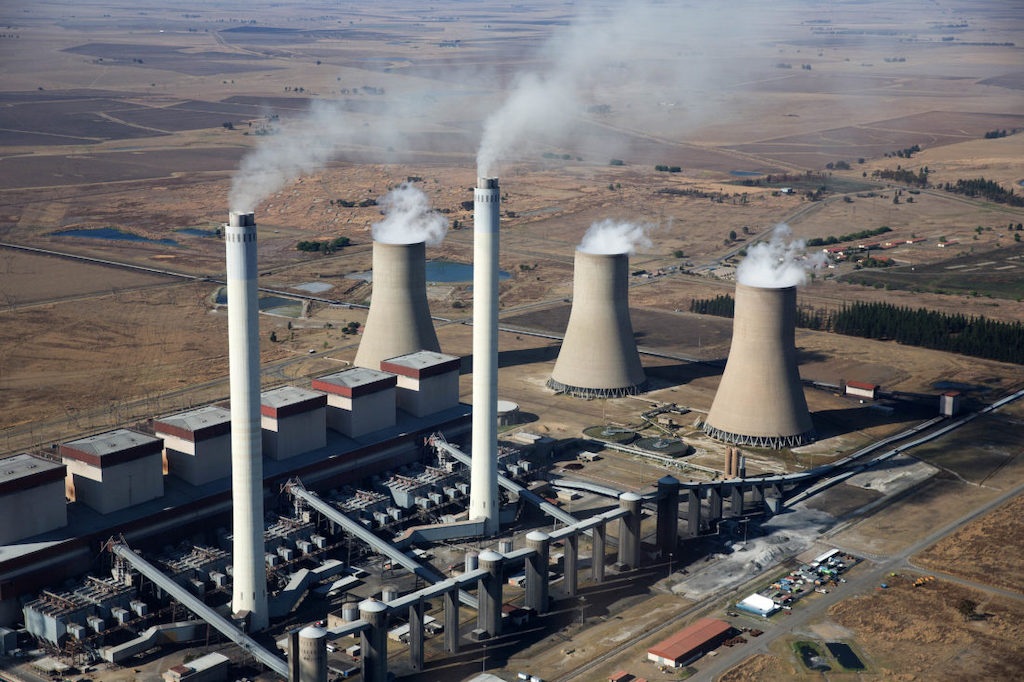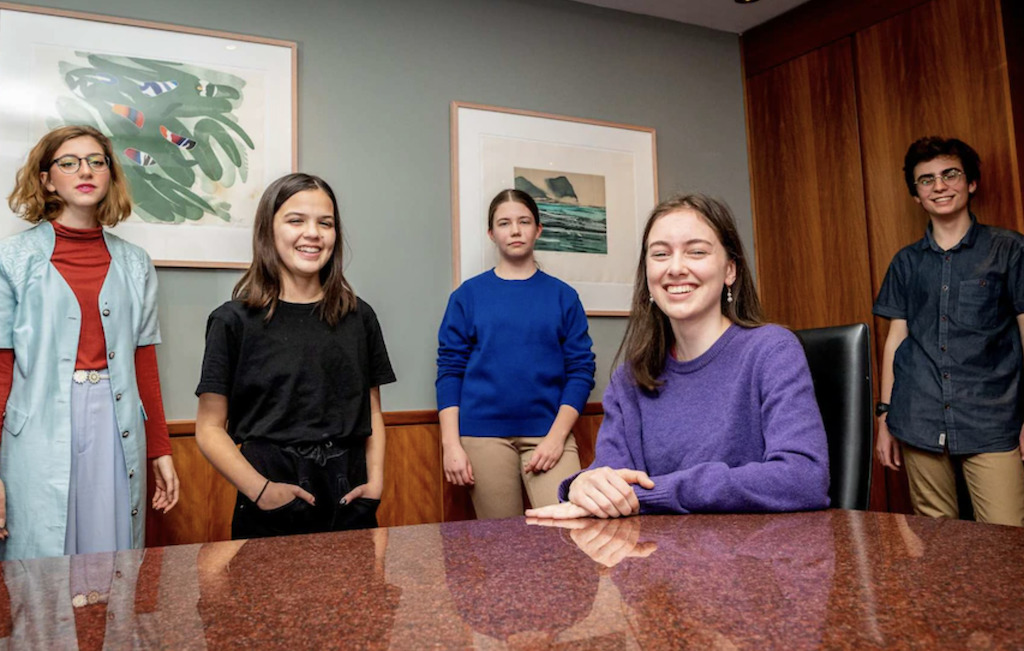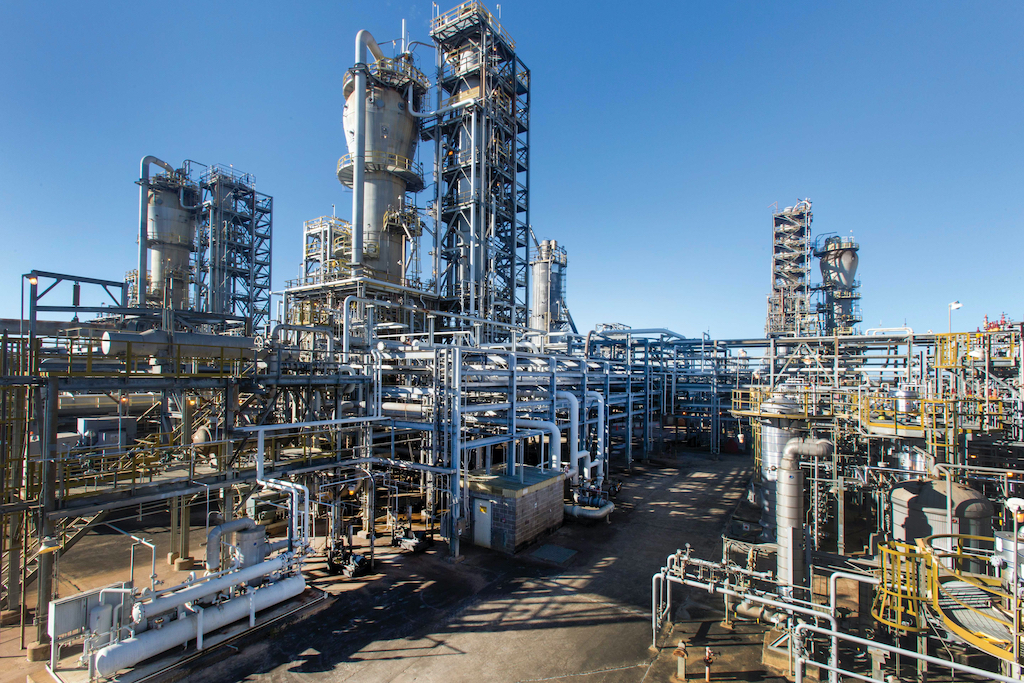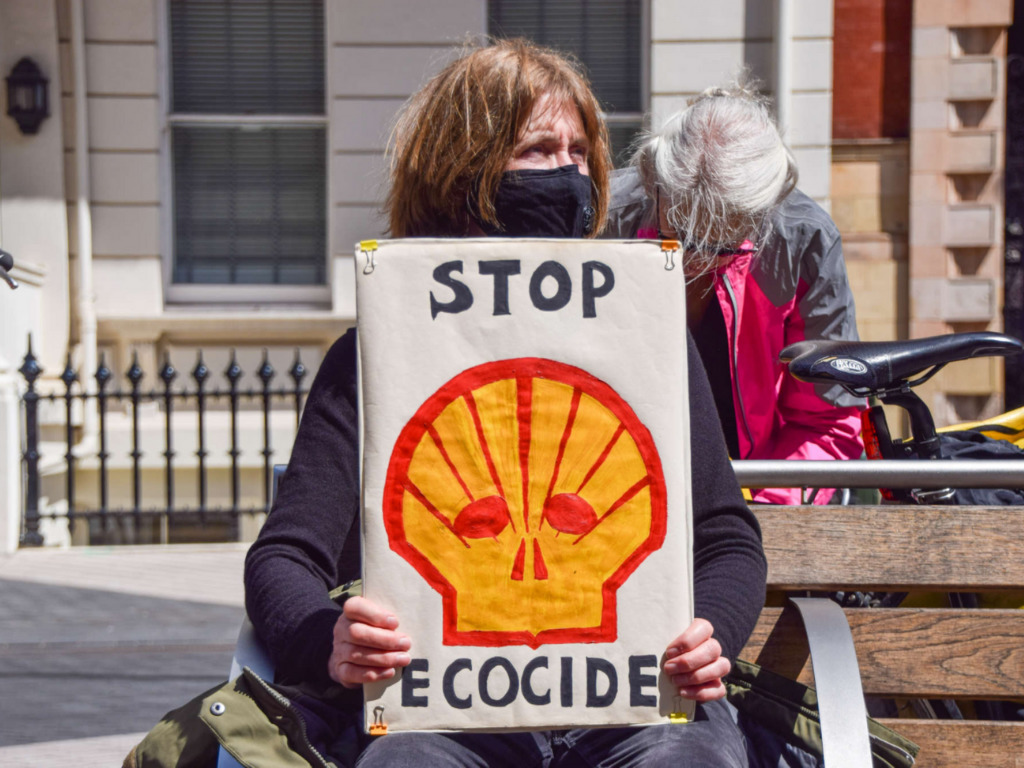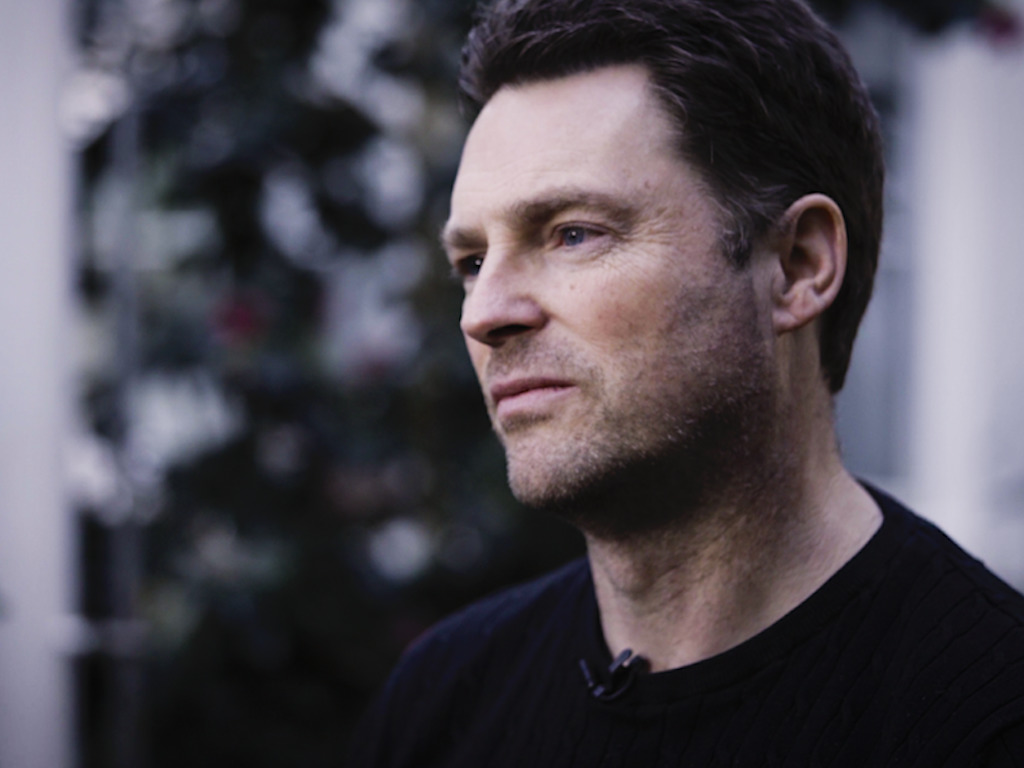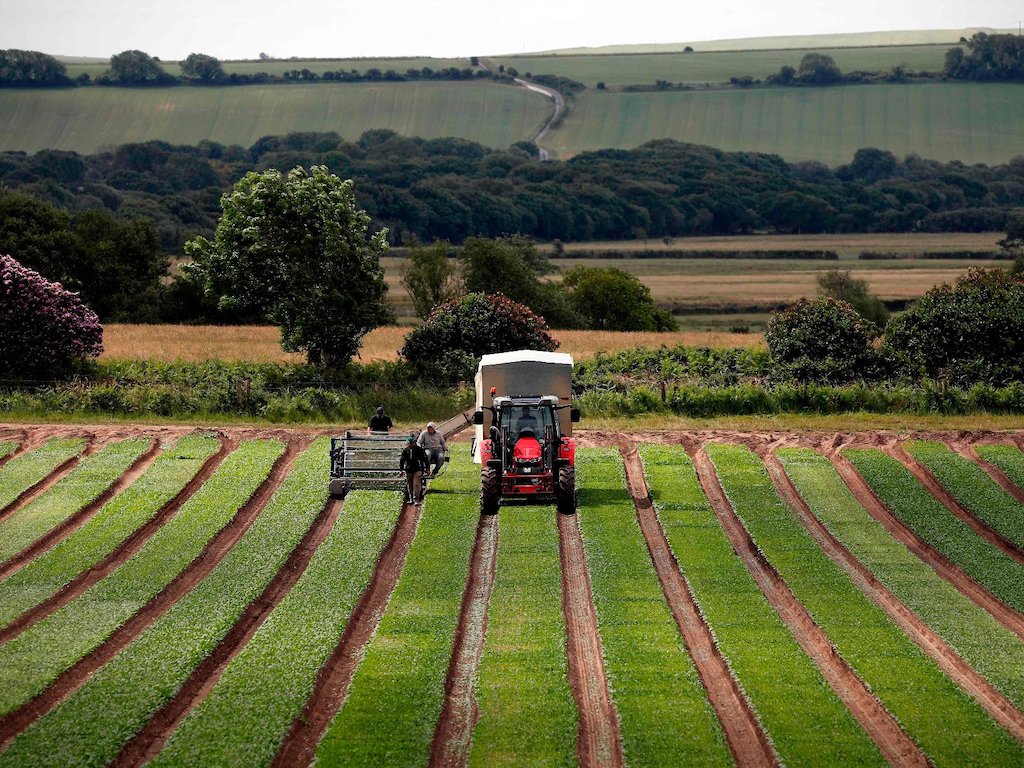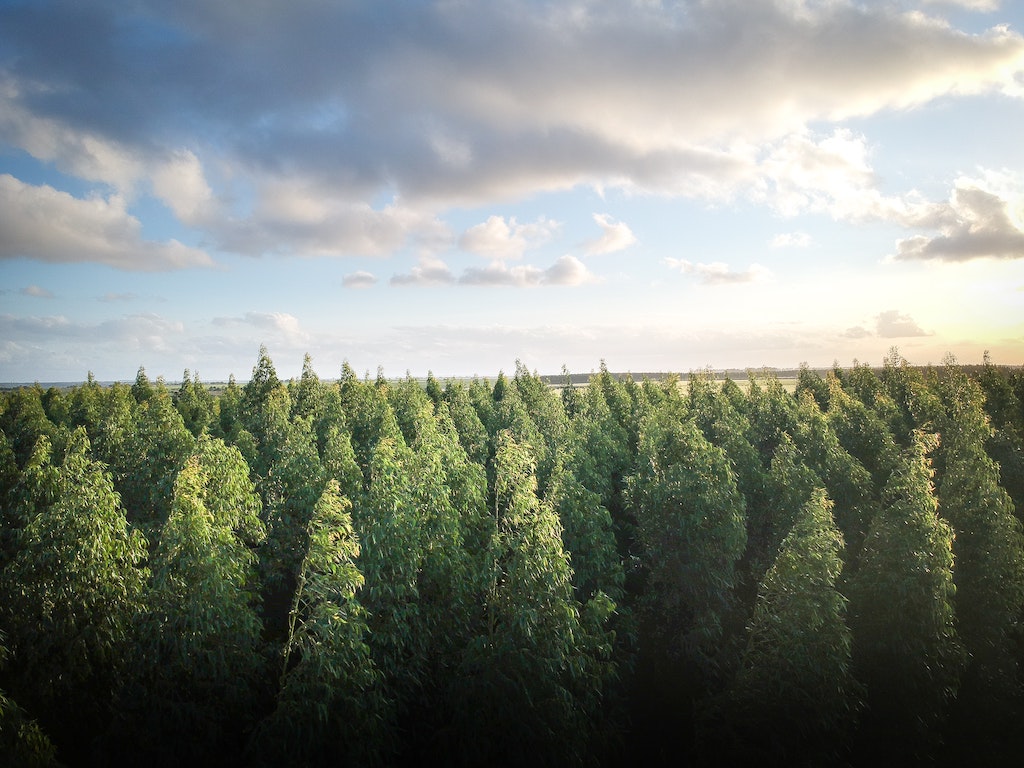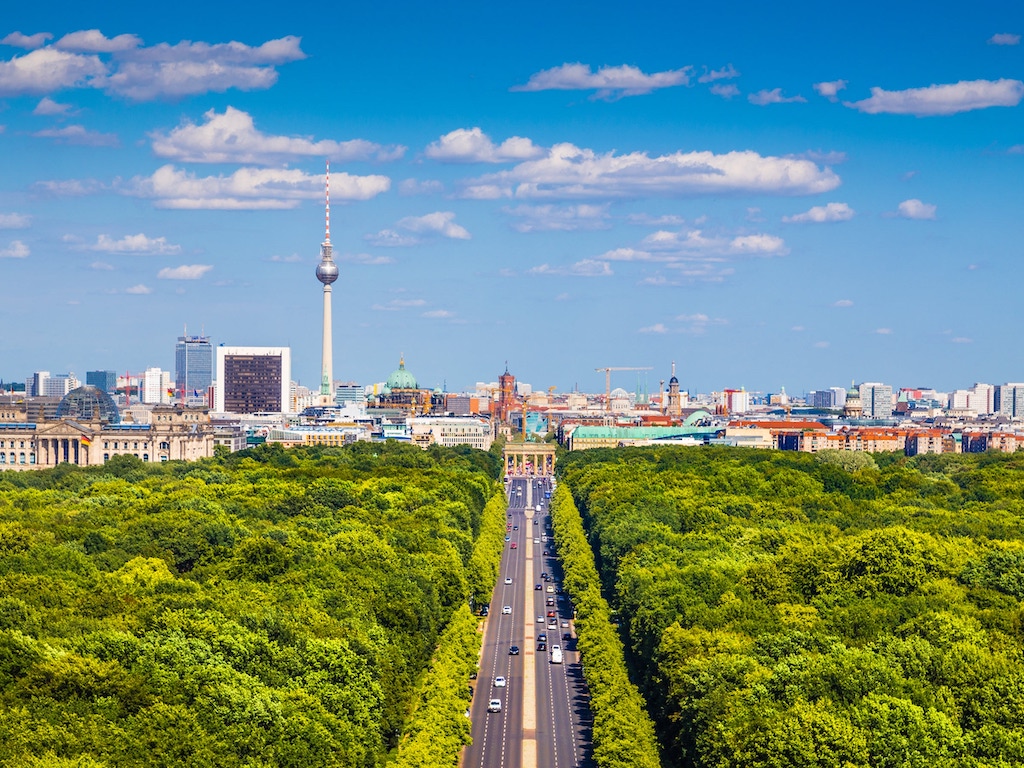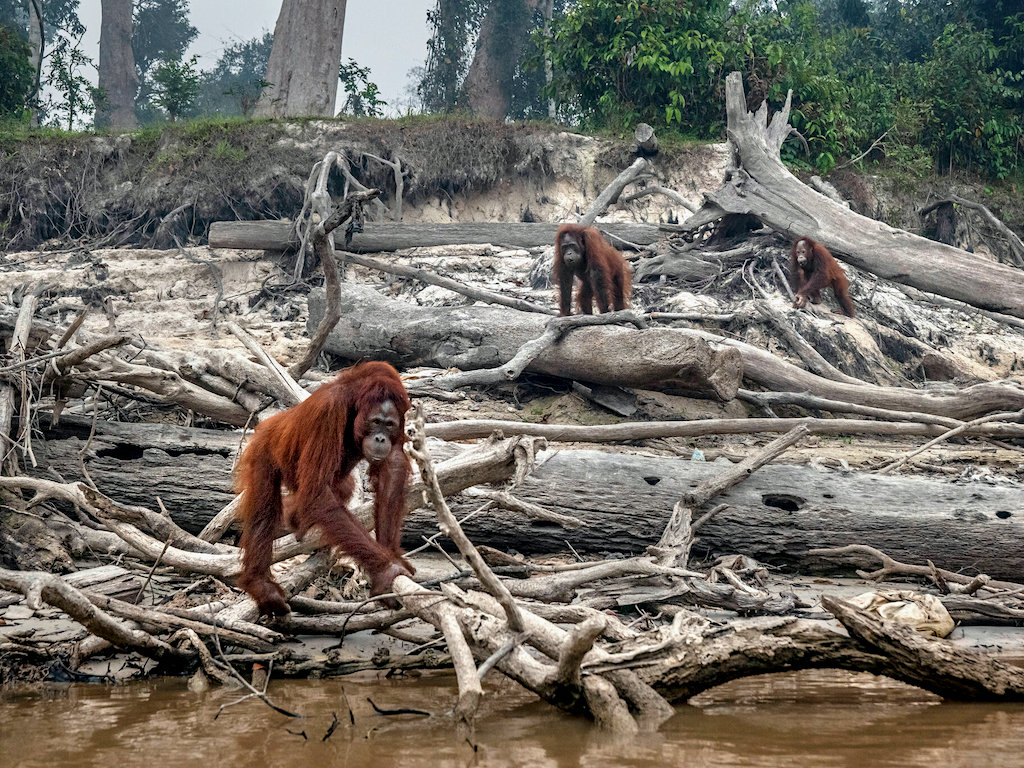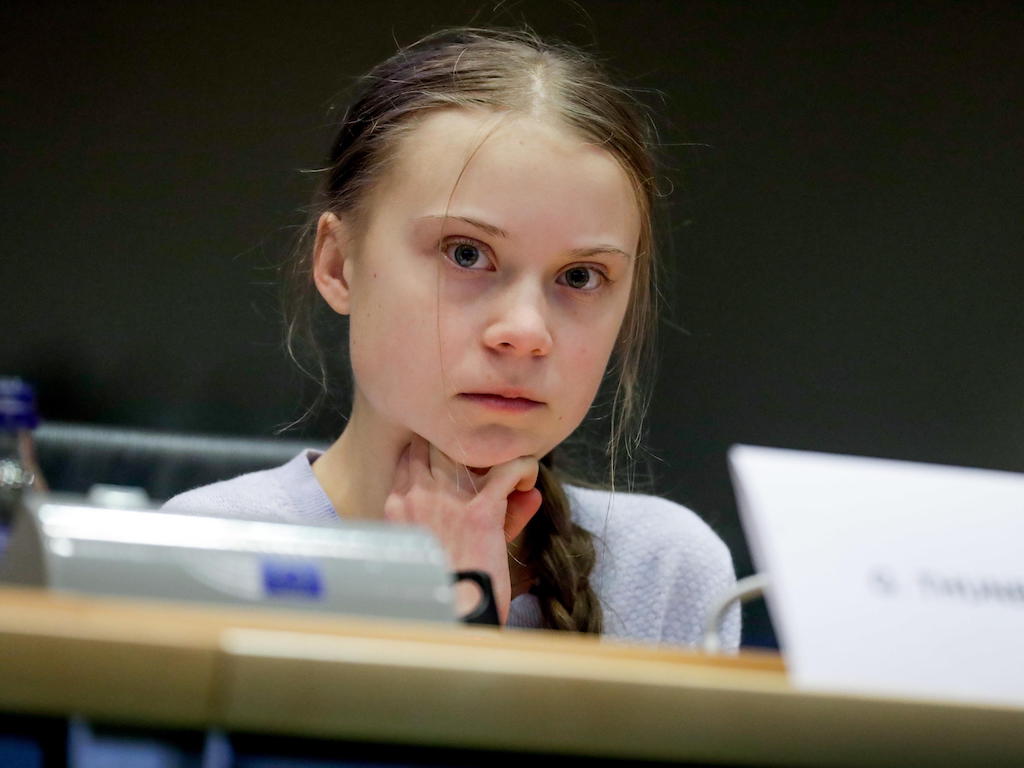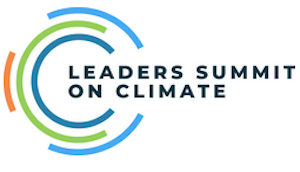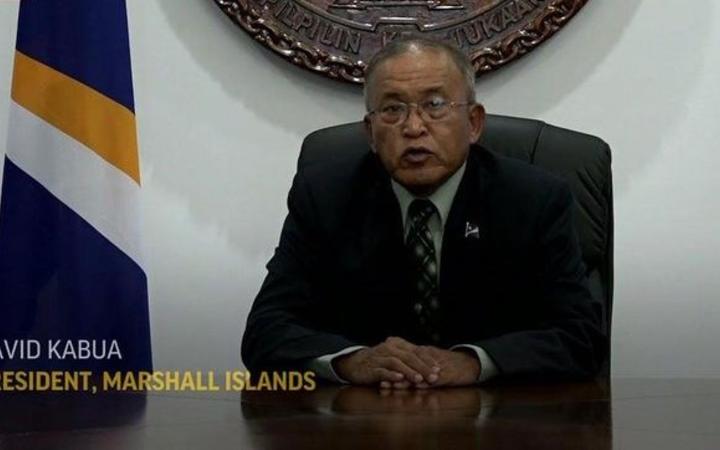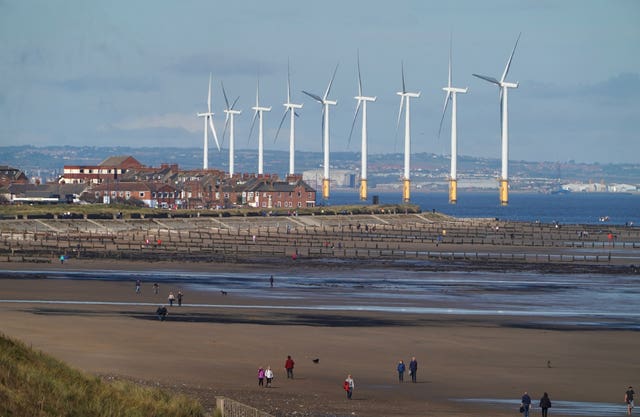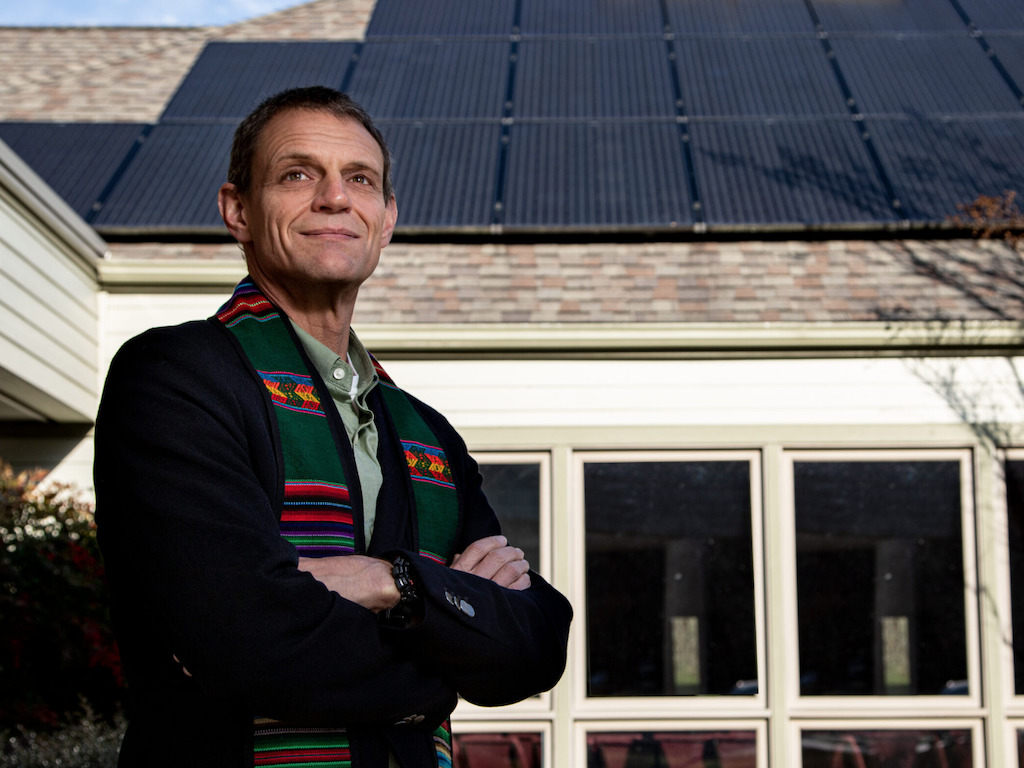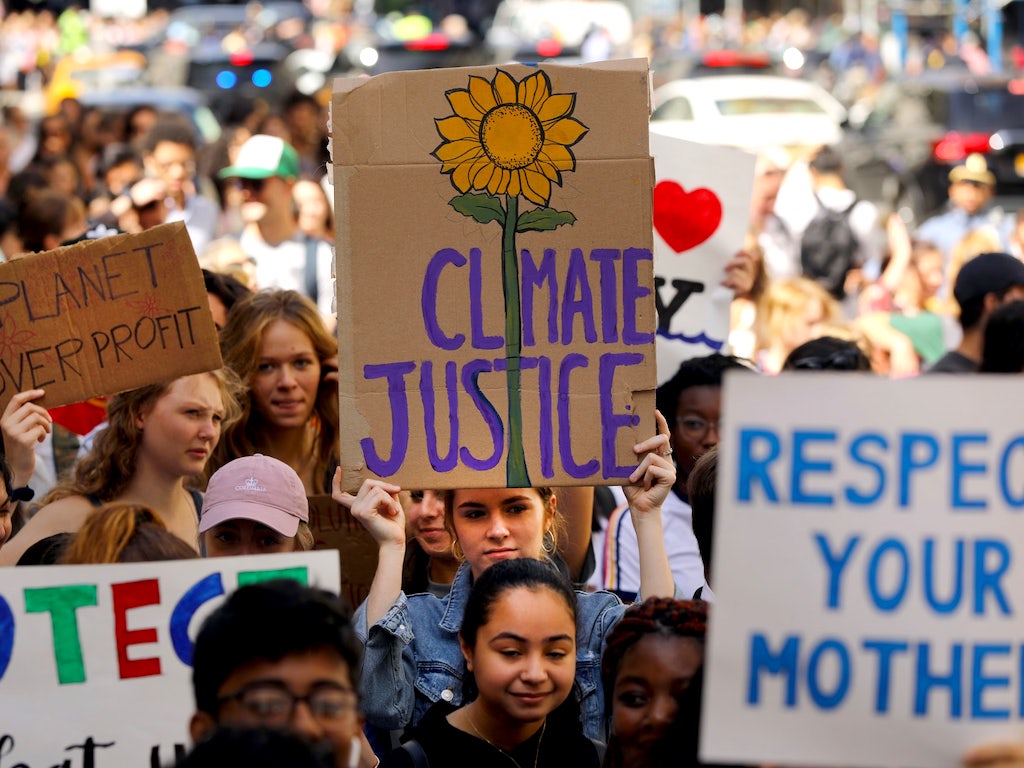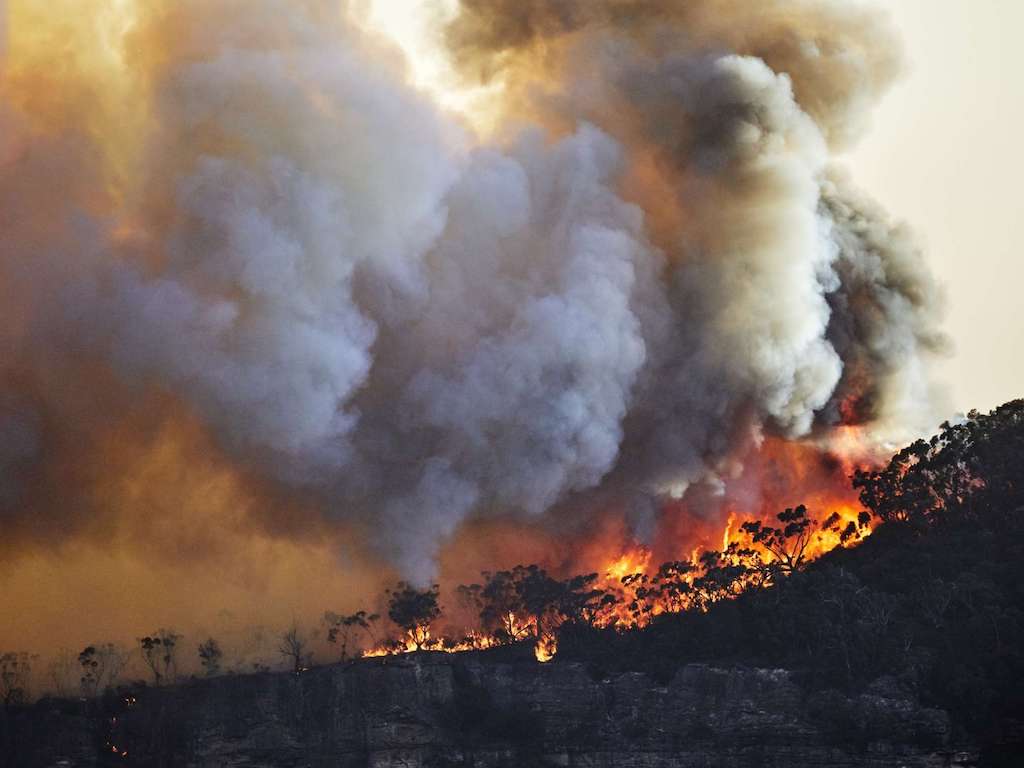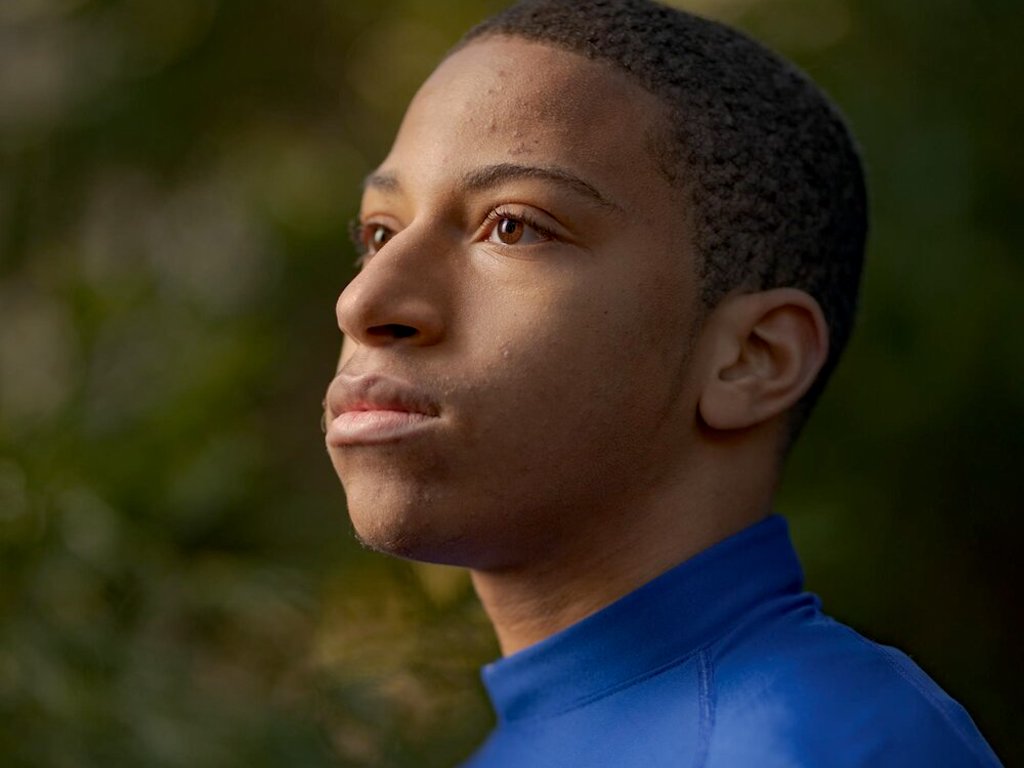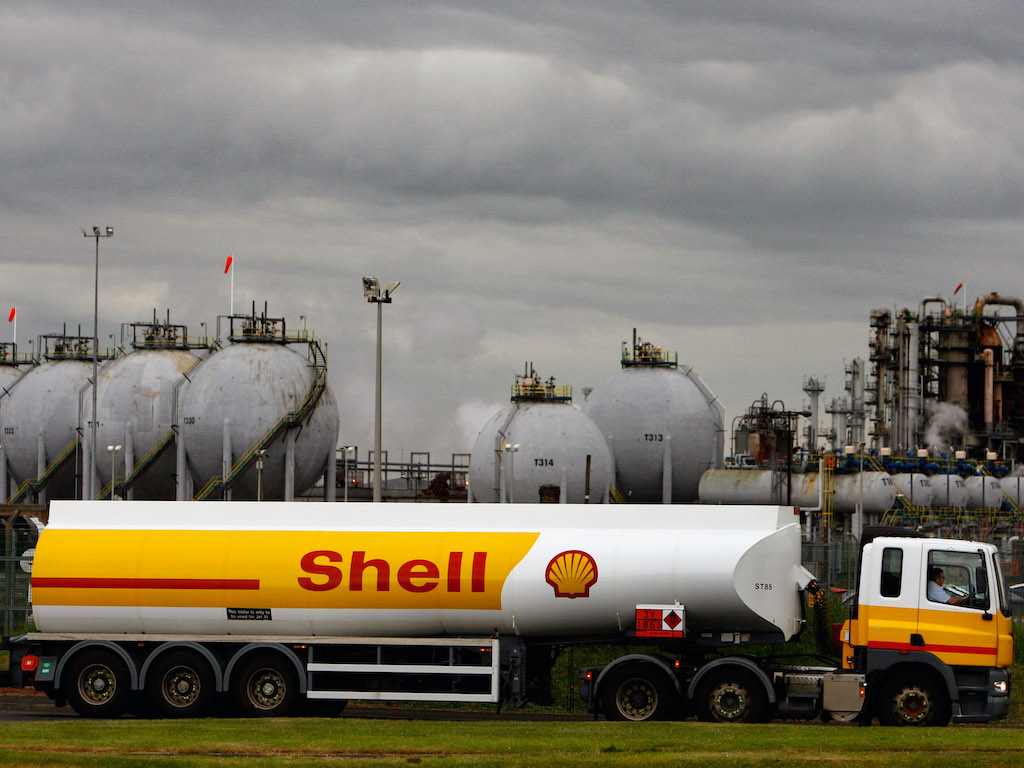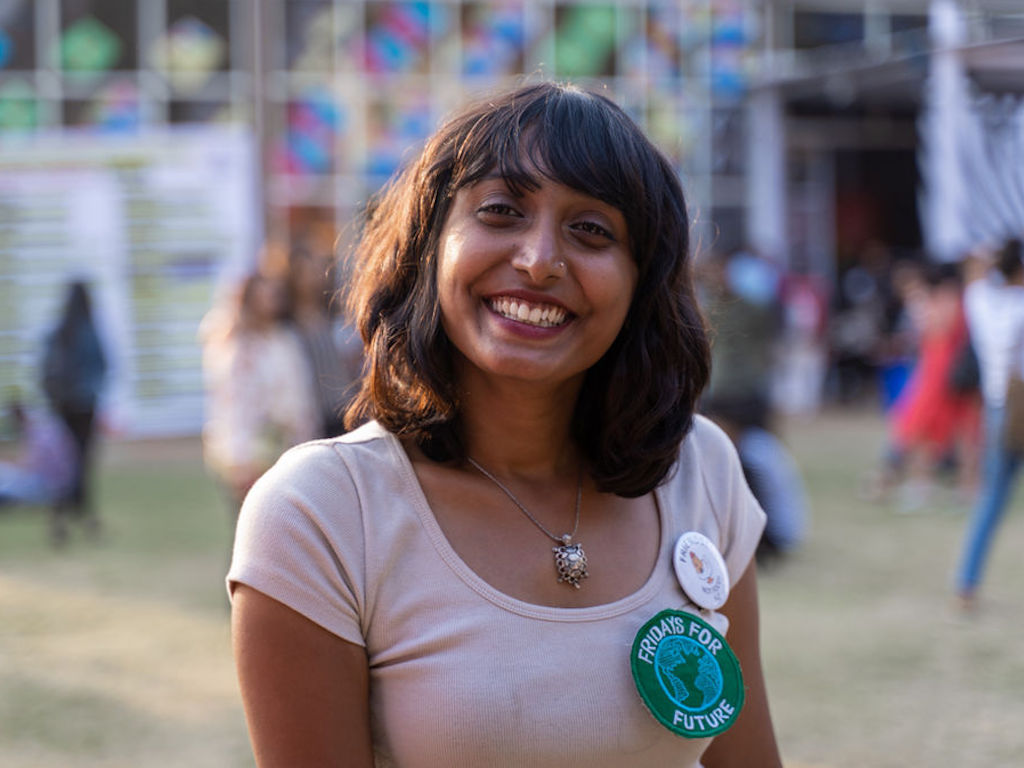
Mike Ludwig speaks with Max and Caroline, two activists who have been supporting the Yellow Finch blockade of the embattled Mountain Valley Pipeline, which would carry massive amounts fracked gas across the Appalachian mountains. The multiyear direct action ended last week after two protesters were arrested and jailed without bail.
Music by Dan Mason.
TRANSCRIPT
Note: This a rush transcript and has been lightly edited for clarity. Copy may not be in its final form.
Mike Ludwig: Hello everyone, Mike Ludwig with Truthout here, politicians across the world are bickering about how to respond to the climate crisis and time is running out. For the next couple of episodes of this podcast we are asking, who are the activists fighting to stop climate change today and not tomorrow? What kinds of direct action are necessary right now to keep fossil fuels in the ground and save the planet?
Today we go to the Yellow Finch blockade near Elliston, Virginia, a tree-sit that prevented construction of the embattled Mountain Valley Pipeline for a whopping 932 days until police finally extracted two protesters from the trees last week – and both activists were still in jail when we recorded this podcast. A tree-sit, aka an arial blockade set up in trees, is textbook nonviolent civil disobedience – keep protesters living in trees for as long as possible, and the trees cannot be cut down until the protesters leave or are removed by police. This direct action tactic was developed years ago to oppose logging out West and is now being used to prevent construction crews from cutting down trees in the path of fossil fuel pipelines.
Pipelines endanger ecosystems, but they are also strategic chokepoints in the climate fight. Stop a pipeline, and you can prevent production of fossil fuels for decades to come. According to Appalachians Against Pipelines, the group behind the Yellow Finch Blockade in Virginia, construction of the Mountain Valley pipeline is now three years behind schedule and $2.7 billion dollars over budget. Controversial permits remain in limbo. Is a win for activists on the horizon? To find out, I spoke with Max and Caroline, two activists who have been supporting the Yellow Finch blockade. Max and Caroline are on the ground near the site of the tree-sit and they don’t have a great internet connection, so this interview has been edited for clarity and you might here some background noise, like a rooster crowing in the background. Please bear with us as we take you to the front lines of the climate fight.
Max: Yeah. So I guess just like starting off, I’m going to be using the acronym MVP probably sometimes, which stands for Mountain Valley Pipeline. So, MVP is a 303 mile-long pipeline, with a proposed extension that goes a little bit into North Carolina, that is being built to transport liquified natural gas from the northwestern West Virginia, where the Marcellus and Utica shale fields are, all the way down to Southern Virginia. It’s 42 inches wide, which is huge when we’re talking about pipelines. and it’s a joint venture project with Mountain Valley LLC and Equitrans.
ML: Equitrans?
Max: Equitrans, yeah.
Caroline: Yeah. And then, as Max mentioned, it’s a liquefied natural gas pipeline, that is fracked gas. It’s intended to transport an enormous amount of fracked gas from, the shale fields in Northern West Virginia. And, just a little background on fracking. That’s like a really environmentally devastating extraction method, it’s known to cause earthquakes and pollute drinking water. It’s also incredibly resource intensive. It turns billions of gallons of fresh water into toxic waste, which is a nightmare to dispose of.
ML: And that’s been a huge problem. I’ve been reporting on fracking in the Utica and Marcellus for over 10 years now. And, there’s been a huge problem with the wastewater, but also now that there’s been so much natural gas produced, they’ve needed places for it to go, places to sell it. So is this part of an export scheme. They’re liquifying, which basically means they’re like concentrating the natural gas into a liquid, and piping it. Would this go to an export terminal somewhere?
Caroline: Yes. It’s exactly what you said. It is gas for export because there is no domestic market for more natural gas. All the domestic need is filled. So this basically an intention of the MVP would be to create a huge expansion in fracking, frack, way more gas on basically all for export. And again, the MVP pipeline mainline ends in Southern Virginia. But it is intended to be follow up, followed up with what did you call it? The MVP, extension, which goes through North Carolina to export facilities there.
ML: So this is not just a campaign against a pipeline and the ecological damage that it could cause, in its track, it’s also a campaign against fracking as an extraction method, because for there to be demand for fracked gas, they have to have actually pipelines to get it out of the shale reserves where they’re, where they’re drilling.
Caroline: Exactly. Yep, exactly. Yeah. And I think so on the one hand, there’s the environmental threats of fracking, which MVP would cause a huge expansion in, but then on the other hand, there is also the environmental threats of the pipeline itself and specifically the terrain it’s crossing. as we mentioned, The MVP goes through the Appalachian mountains. It is, the pipeline’s route is incredibly steep and mountainous. It’s really unlike the terrain of any other high pressure gas line of that scale. And there’s really no way to build it through that terrain one, without creating massive erosion problems that, pollute like streams, but also without putting, there’s no way to build it without putting nearby residents at risk from explosions or other serious accidents, which the data shows us is incredibly common with all pipeline projects.
ML: And have you found, people who live in the pipeline’s path who have been part of the campaign to oppose it?
Caroline: Yes. I mean, absolutely. The MVP has faced widespread local opposition since it was first announced in 2014 you know, it almost seems like local opposition is near unanimous and, hundreds of property owners refused to, to sell the property rights to the MVP. And so again, hundreds of properties, access to hundreds of properties had to be taken through an eminent domain court process.
ML: You know, when I tell people about eminent domain and pipelines, they almost can’t believe me. You know, people in Louisiana, kind of conservative part of the country just could not believe that they could lose their property to a pipeline easement that was coming from, you know, halfway across the country. But this is regular practice is to, is to use eminent domain, to, to build pipelines. Even if people don’t want to sell out to the company.
Caroline: Yes, exactly. And, MVP has had to fall back on that a lot here, because there was so much local opposition.
ML: And where are we with construction? Is any of it been built yet?
Max: A lot of the pipeline, or some of the pipeline has been built. It’s kind of unclear how much though. I believe MVP has said that they are about 90 percent complete, but just from looking around and like driving past the pipeline route, you can see, that’s definitely not the case. A large majority of, or a large portion of the pipeline has not been built yet.
ML: How long has this campaign been going on? It’s been a few years right? And at some point, I imagine that tactics escalated towards a more direct action approach.
Max: This kind of direct action has been going on since about 2018, but there’s been local resistance going on since the pipeline was first proposed in 2014.
Caroline: A little more to say. Yeah. As Max mentioned, you know, direct action against it really began as soon as construction started in February, 2018. The Yellow Finch tree-sits were not, were not the first aerial blockades against MVP construction. There was at least a handful of others, including tree-sits and a monopod that blocked Mountain Valley Pipeline construction in Jefferson National Forest, near where it’s supposed to cross the Appalachian Trail.
And then in addition to tree-sits, monopods aerial blockades, over the past couple of years, dozens of people have also stopped construction by locking themselves to equipment on what would be active work sites.
ML: Right. And just to kind of give a visual here, a monopod that would be like, that would be like three large branches or something. It would be like a tripod with someone sitting at, is that what a monopod is?
Caroline: That’s a–
ML: Tripod. Right. That makes sense. So what’s a monopod?
Caroline: It’s a single, a single pole, that is held up with anchors, I don’t know…
Max: Ropes holding it to the ground, I guess.
Caroline: So it’s yeah, just a single pole that one person resides at the top of.
ML: Yeah. Gotcha. And I know that the Yellow Finch tree-sit was going on for a long time. And, and, and so I wanted to talk about today A., what kind of a tree-sit it looks like for people who are unfamiliar and also why people will take this kind of direct action, which. Yeah, as you pointed out earlier can be like a choke point for fossils fuels. And if we’re going to avert a climate crisis, it’s only getting worse. We have to start reducing production and consumption now. So there, so this isn’t, you know, this is about Appalachian ecosystems and communities, but this is also about gas that would go across the world to be consumed and, and further our reliance on it. So there’s a lot of big picture stuff here. So I’m wondering if you can like, walk us through a little bit, what a tree-sit looks like and what kind of support that requires, from people who are not necessarily in the sit. And also why activists are dedicated to taking this kind of action.
Max: I guess I’ll, I can start with, I guess what, trees-sit it is what it looks like and to support it. So the Yellow Finch tree-sits, were two aerial blockades, right in the easement of the pipelines. So, right where the trees would be cleared, right where the pipeline would be laid, in Elliston, Virginia, which is in Southwestern Virginia. The sitters lived on platforms about 50 feet high in the air. And they were protecting some of the last trees in the path of the entire pipeline, and the trees were supported by a small ground support camp who did things like help make them foods, bring them supplies and, really the reason the blockade was able to go on for as long as it did, was because it was because it had a really large amount of local community support.
So people can just live really, really close by, bring nice hot meals, local treats, things like that. I remember someone brought us ramps one time, which are kind of a local delicacy here.
ML: Oh ramps, the onions that grow in that part of the world.
Max: Yeah. Sort of like, any kind oniony kind of grass.
ML: Yeah. I used to live in Athens, Ohio, and we ate blanched ramps a lot and I thought they were delicious. So that’s so cool that, you know, you’ve got this like local green that’s growing out of the ground, coming to your tree-sit.
Max: Definitely something, something really special, especially for some one living way up in that tree.
ML: How long were they up there?
Caroline: I mean 932 days, people lived in platforms, preventing MVP from cutting the trees they intended to, to make way for construction for 932 days. And, this past Tuesday and Wednesday so what day is it almost a week ago now? Virginia state police, used a crane after 932 days used a crane to remove and arrest the tree-sitters. And then on this past Wednesday, the patch of trees that they had been on protecting for 932 days was cut.
Max: And to our knowledge, at 932 days, the elephants tree sets or the longest continuous aerial blockade in the United States.
ML: Wow I, and I liked how you used the words aerial blockade along with tree-sit, because I think a lot of people might associate a tree set with a campaign to save trees or to save a forest from logging. But in this case, this was an aerial blockade not only to save these trees are being cut down, but also to prevent pipeline construction of a major fossil fuel project.
Caroline: A big part of the yellow Finch tree sits and other direct actions against the mountain Valley pipeline, the Yellow Finch tree-sits have always emphasized that, their protests were about more than just this one pipeline, and actually saw a problem in, a system in which people and the environment are exploited and abused, for the power, profit and greed of a select few. I think we see like the ugly face of this system all around us in, jails and immigrant detention centers where hundreds of thousands. If people are held hostage in wars, this country wages, across the world, in the ongoing genocide of indigenous people on this continent and in destructive projects, such as the MVP.
So I just, again, I do think it’s very important to take a broad, understand the broader context of that. and also to remember, that the entire, MBP route lies on land stolen from native people, such as the Monacan people, the Saponi people, the Tutelo, and many others. and the, the MVP has not gotten permission from any of those groups, to build the pipeline and in building it, they’re continuing a history of violence, exploitation, and land theft. That really began when settlers arrived, 500 years ago. And also it’s really worth noting that, a number of, local folks and impacted residents and landowners have, been arrested taking action. Against the pipeline as well. back in gosh, 2018 probably, red and Terry minor were arrested after tree sitting for a month on their own property.
Becky Crabtree is a local, West Virginia school teacher who was arrested on locking down to stop construction again on her own property, and those are just a couple of examples of the way. impacted residents, local folks, and landowners have, been involved in direct action against the Mountain Valley Pipeline.
Max: Oh, I was going to say, it might be worth mentioning, but I’m actually a local to this fight. I grew up, I’ve lived my whole life in Montgomery County, which is the same county that the Yellow Finch tree-sits we’re in. And. I also went through all those traditional methods of resisting this pipeline. And eventually I ended up, being part of the ground support team for the Yellow Finch tree-sits.
ML: And just to give people a sense of what it takes to pull one of these, aerial blockades off. How long were individual activists up in the sit? Did someone do the whole 900 and some days. But it was right, but it was one of the longest ones ever, I think that’s so I think that’s, I think that shows a lot about the momentum that you all have in West Virginia, that you were able to pull off such a longstanding blockade until the police finally came in and extracted the activists. What did that look like? And did the cops give you any kind of warning that this was happening or did you have time to strategically plan around the extraction?
Caroline: I’d say no. I mean, they had made it clear that they wanted people out of the trees, but it really all started, early Tuesday morning when state police, shut down Pope Hollow road in Elliston, Virginia, which is the road that leads to Yellow Finch lane, where the tree sets were. So they shut down the entirety of the, of Pope Hollow road and would not let anyone through I’m without a Pope hollow address on their ID, and so they would not let media in to witness what was happening at the tree-sits. And they would not, let legal observers with the national lawyers Guild and to witness what was happening at the tree-sits it’s either. So, and both those groups, legal observers and media really pushed hard and tried to negotiate further legal, right, to observe what was going on. But. That’s kind of really how it all started was when they barred access to supporters, media and legal observers early Tuesday morning and brought in an enormous crane, which over the course of two days, they used to arrest the three centers.
ML: And so what happens next, with the campaign and how can people support you if they’d like to, even if they’re, whether they’re in West Virginia or somewhere else.
Caroline: I think that’s a great question. And I would love to answer that, before that I would just really love to give, an update on the tree sitters, if you don’t mind, both the tree sitters, Wren, who was formerly known as Robin and Acre they’re both currently in jail in Virginia.
Wren was charged with one misdemeanor and Acre was charged with two, neither Wren, nor Acre were given bail. Initially, Wren had a bail hearing either. Last week and was denied bail, which means the judge is trying to keep them in jail until their court date more than a month from now. it, that is extremely unusual, it is absolutely out of the ordinary to hold someone without bail on one misdemeanor, and that decision is clearly intended to punish Wren and to scare off future resistance to the MVP. So I just think that’s a very important thing that we’re facing right now is the fact that, they’re trying to hold the tree-sitters in jail, basically indefinitely for now. And, yeah, the intention is to prevent future resistance. And I just think it’s important to emphasize how horrible it is for me to think of rent an acre in jail right now. jail is a horrible place. It’s isolating. It’s demoralizing, it’s depressing. inmates are regularly threatened, harassed, abused, even killed jails and prisons are really not places fit for human beings. And it’s, a tragedy that our society forces so many people there. And, I know getting that message out is really important to both rent and acre. there’s a beautiful statement that Wren wrote from the tree before they were arrested.
That is on Appalachians Against pipelines Facebook page that addresses this issue a lot. And I’d like to just read a quote from Wren’s statement they said that Wren said from the tree before they were arrested that in jail, “it becomes extremely obvious who the injustice system serves. And how many of the laws that are violently upheld by the state only makes sense in the context of preserving capitalism and imperialism, and ultimately keeping the rich and powerful in control. Laws and cops, their enforcers are not about protecting people. They are about protecting illegitimate institutions, built on stolen land and with the labor of stolen enslaved people.” So, those are just some really powerful words that I want to get out there that’s really speak to the situation that ran an acre in right now.
ML: Well, we, you know, I agree with you that incarceration and mass incarceration in general is a form of torture, right? This is, this is state torture and there’s been laws proposed or passed even in states across the country, particularly since the resistance to the Dakota Access Pipeline at Standing Rock, that would further criminalize resistance to fossil fuel infrastructure.
We’ve seen that in Louisiana. We’ve seen that in the Dakotas, we see in a lot of places where fracking for oil and gas has exploded in recent years, including Appalachia, where you all are involved in this pipeline fight. And, I think that kind of goes to show how serious this is, right? people are fighting for a future on a livable planet, which, which means reducing and fighting against fossil fuels and the industry is so, is so intent on continuing to profit and continuing the status-quo of producing large amounts of fossil fuels and then selling them wherever they can, even if we don’t have any need for them in the United States, they are willing to throw anyone in their way in jail or prison, and they will lobby lawmakers with all of their resources to make it easier to throw people in jail or prison, for resistance. I mean, it it’s, it’s the criminalization of a movement and this is what has happened in the United States over and over and over again in various movements from civil rights to Indigenous rights and also with the environment. And I wonder if you two, want to reflect on that a little bit, that, why it was necessary to take direct action, to create a blockade and then hold it for so long, and why that was necessary. I think not only for the communities that you’re in, but also, or you’re from, but also for the planet. And, and if you have any further reactions to like the criminalization of this type of activism, the fact that, pro-industry lawmakers want to make it a crime to even go near fossil fuel infrastructure, in hopes of being able to put protesters in jail.
Max: Sorry, I’m just like taking a moment to kind of gather my thoughts on that.
ML: It’s a big question. it’s a big, long question. I’ve been thinking a lot about these, basically these no trespass laws and proposals that have been coming out since Standing rock, and also, basically like the vitality of this type of activism and why people feel compelled to, to do something like trespass. If, if that’s what they’re doing or, or to, to block construction, it takes some of these more aggressive tactics and, and what inspires people to go to that level? What inspires people to go beyond say letter writing and calling your lawmaker.
Caroline: I mean, what inspires me to go beyond letter writing and calling my lawmaker is that letter writing and calling my lawmaker and even voting doesn’t work. It won’t stop. I can’t, it won’t stop these, these horrible environmental threats that we need to stop. If I could write a letter or call my lawmaker to stop construction of the Mountain Valley Pipeline, I certainly would, but it seems that the only way to stop or even impede construction of the mountain Valley pipeline is to take a stance as dramatic as locking oneself to equipment.
Max: Yeah, the institutions in place that are supposed to theoretically be protecting the environment and people’s health from extractive industries, such as the EPA or FERC, which is the federal energy regulatory commission are only going to be doing their job as far as, making sure that the rich keep getting richer and. Some direct action is something that will actually stop something like a pipeline and they open streets. It’s for something that did that for 932 days, which is really incredible.
ML: Is there any chance that that could have an impact, like the company could be running out of money or investments and maybe end up abandoning the project?
Caroline: Yes. I mean, the company is running out of money and. Investors, if they haven’t fled already are probably close to it. the pipeline is billions of dollars over budget and on years behind schedule, it’s missing, key permits. I think at this point, it’s been so over budget and there’s so little demand for the gas. It will transport then no one’s really expecting to make a profit off of it anymore. so there’s really no. Reason. I don’t know. There’s really no excuse for, to be building the pipeline. In my opinion, there’s no reason to be putting environment and communities at risk in the way that it is for a totally unnecessary and basically failed pipeline.
Max: At this point, MVP is not expecting to really be making any money off of this project. The hope of that expired long ago at this point, they’re just desperately trying to break even.
ML: How are you inspired by direct action campaigns of the past? And what would you tell to young people who are looking to get involved in climate activism going forward, especially activism around fossil fuel infrastructure?
Caroline: I think I would tell young people to not get fooled. I would always encourage people to focus on where what’s happening, the construction sites, the point of extraction, where the bulldozers are hitting the ground. That is where what’s really happening is happening. Elected officials, and office workers, et cetera, all these other means one might push, you know, that’s all good and great, but people, politicians will make people feel like they won or feel like their voices have been heard. And meanwhile, the destruction is still happening. So I would just encourage people to, you know, be smart and pay attention to what is happening on the ground in our environment. Is the pipeline being built or not? Is fracking continuing or not? Is the mining happening or not? Like, and to just really focus on the site where that’s happening and trying to stop it there because, You know, a politician will say out the one side of their mouth that they’ve heard you and they’ve, and you’ve won, and then they’ll sign legislation for this stuff to continue with the other hand. So, you know, that would be my advice.
Max: These actions can really be taken by anyone. You don’t need special skills. You don’t need some sort of special, like higher education. You don’t need to. Have any sort of really intense training in order to be fighting these extractive industries, all you need is some friends that you trust and the will to do something. And you’re able to be fighting pipelines.
ML: And do you see this as vital for basically saving the planet, like finding the choke points and fossil fuel production and trying to stop them, to prevent the overproduction of the, and the production of fossil fuels? I mean, do you see that as like an important mission for our generation?
Caroline: I mean, there’s violence all around us violence against the planet violence against each other. yeah. Violence against the planet and violence against human beings. All around us and it has to stop. It’s no way to live.
Max: So, the thing I want to emphasize again is that, Mountain Valley Pipeline is trying to say that the pipeline is almost completely done in hopes that people will have given up hope and assume it’s a lost cause. However, a large section barge. Sections of the pipeline have not been completed yet. And after a year, over a year of not working, they are about to start working again. Specifically we know of in Giles and Craig counties and. Now’s the time to be fighting them when they’re about to start working a one way in which to get involved in fighting the pipeline is to contact Appalachians Against Pipelines either through the Facebook page or the email that is AppalachiansAgainstPipelines@protonmail.com.
And you also can, I would really like to encourage people to take on Todd in this action, especially if you’re someone who lives close by to the pipeline, you can talk to your friends and neighbors, see what strategies might work for you and make sure that yeah. And it’s going to be a step towards making your community healthier and safer.
Another thing that I would really like to plug is another pipeline fight that is going on up in Minnesota. There are people who have been taking some really inspiring actions against the line three pipeline. One way to learn more about the line three fight up in Minnesota is to check out the Facebook page, Giniw Collective. That is G I N I W. And. Yeah, check them out and maybe consider donating because a lot of people have been walking down a bear and they’re going to meet somebody off money.
ML: If you’ve enjoyed this podcast and would like to help Truthout publish more news and insight on the climate crisis, please take a moment to like and share this episode on social media or rate our show on your podcast platform. You can also support us by going to truthout.org/donate. Thanks for listening to Climate Front Lines. Until next time, stay safe out there. And remember, where there is a movement, there is hope.
This post was originally published on Latest – Truthout.
